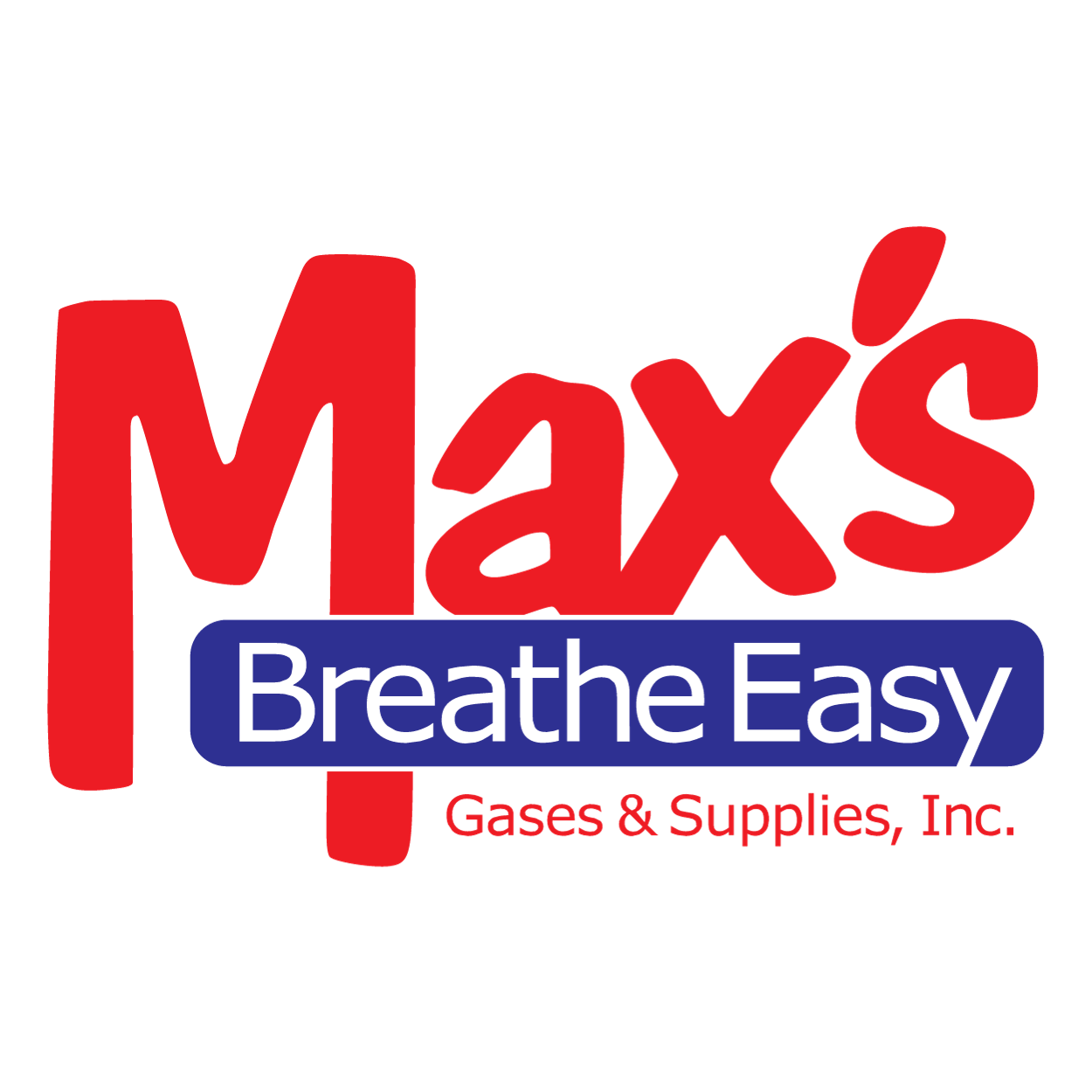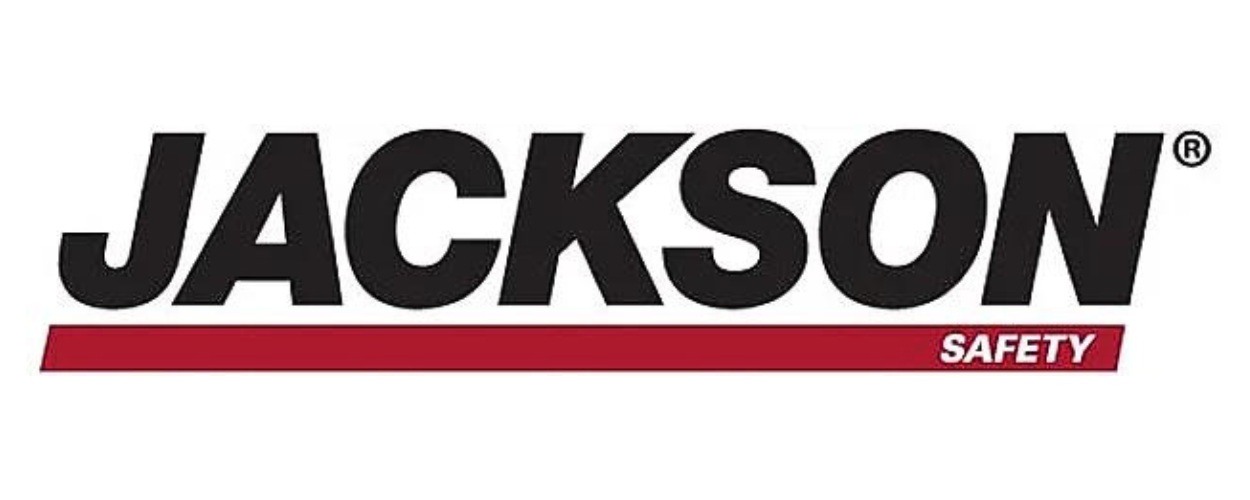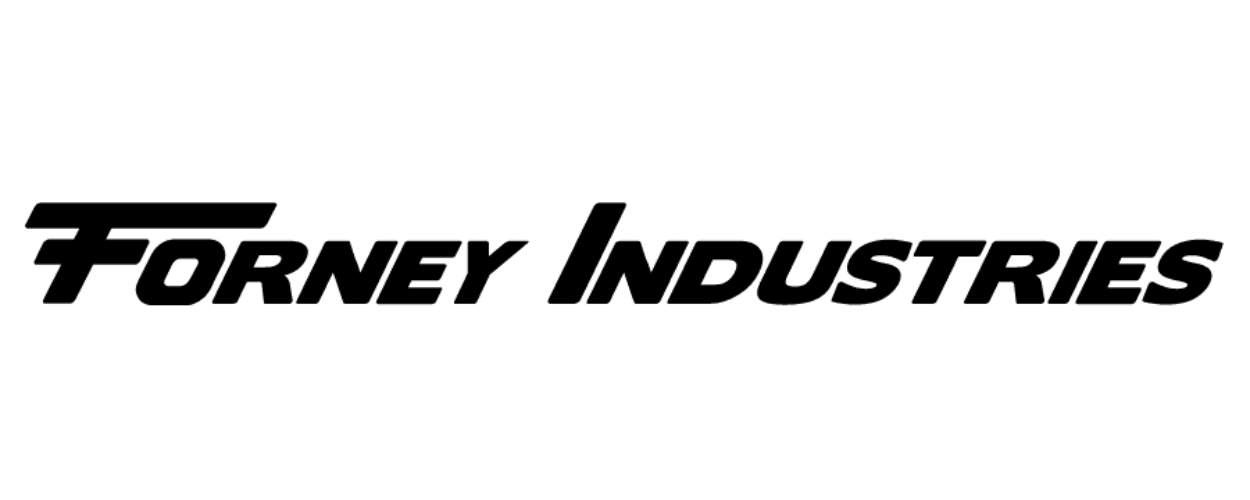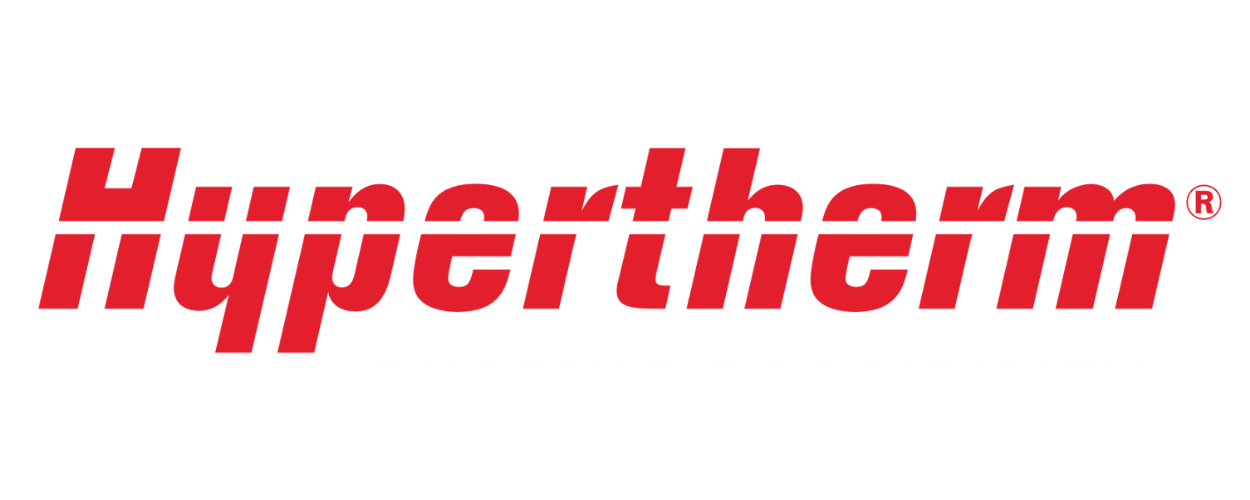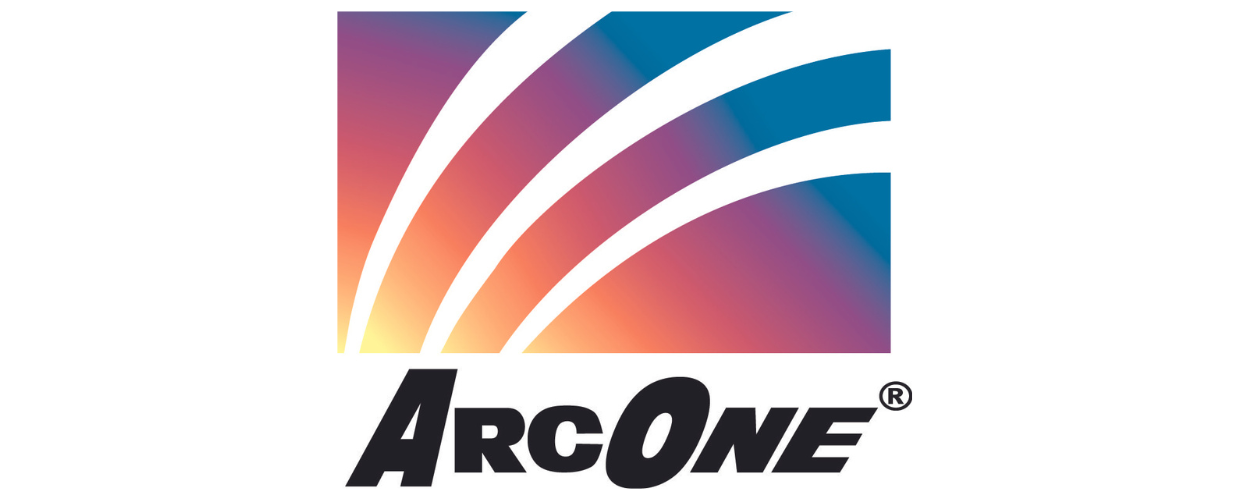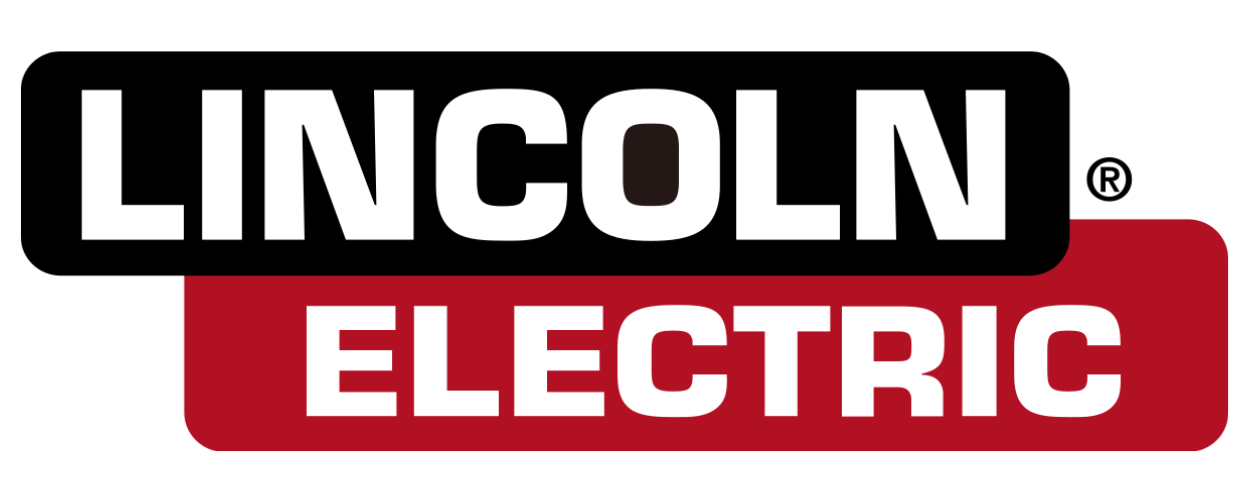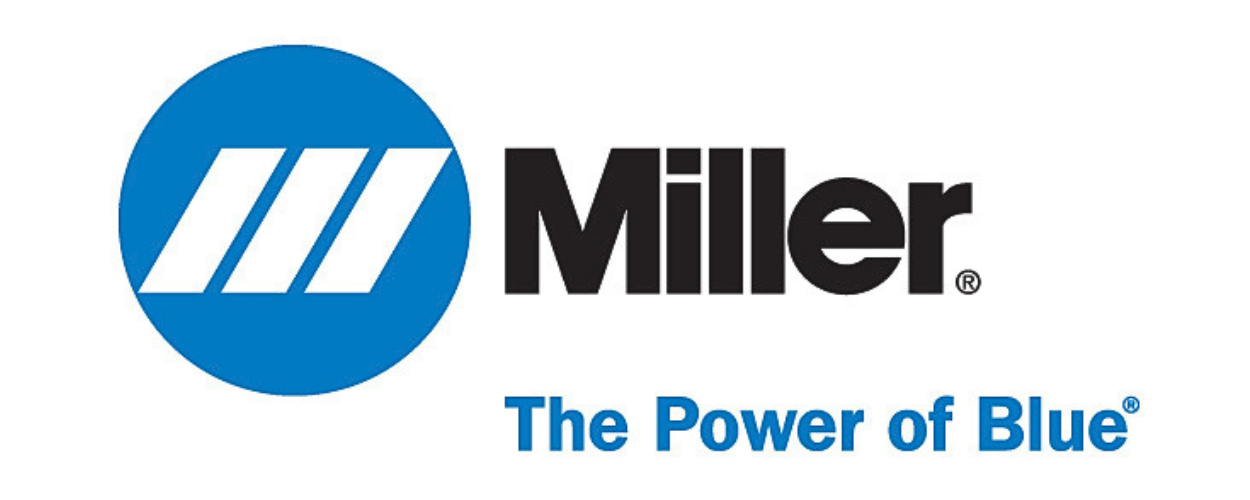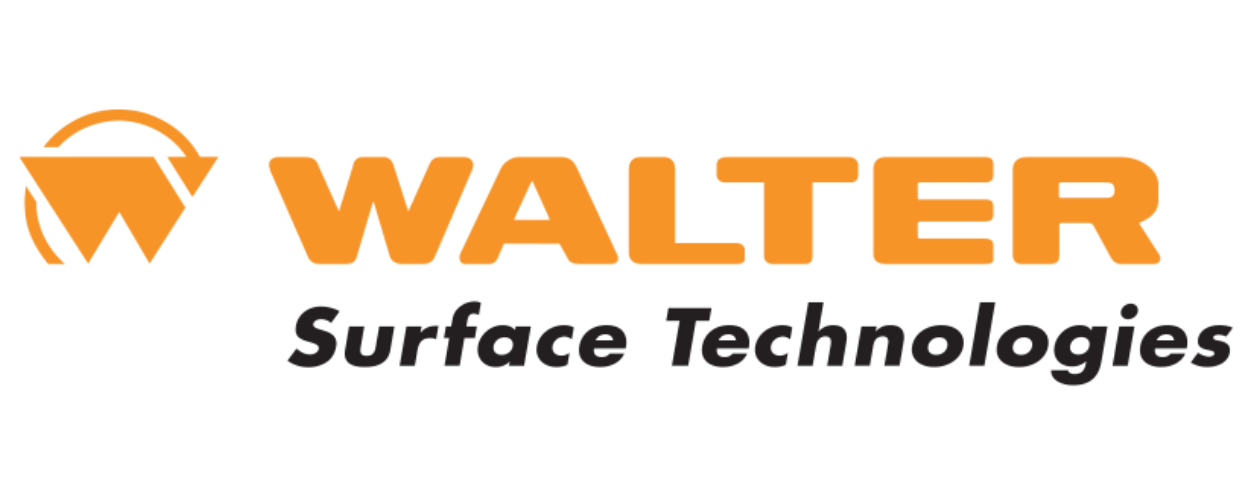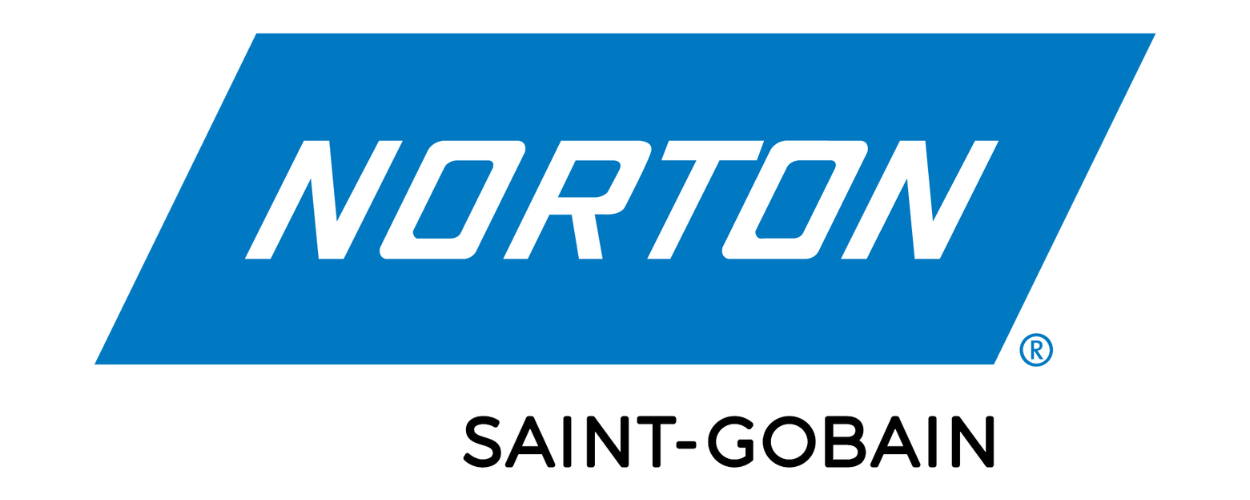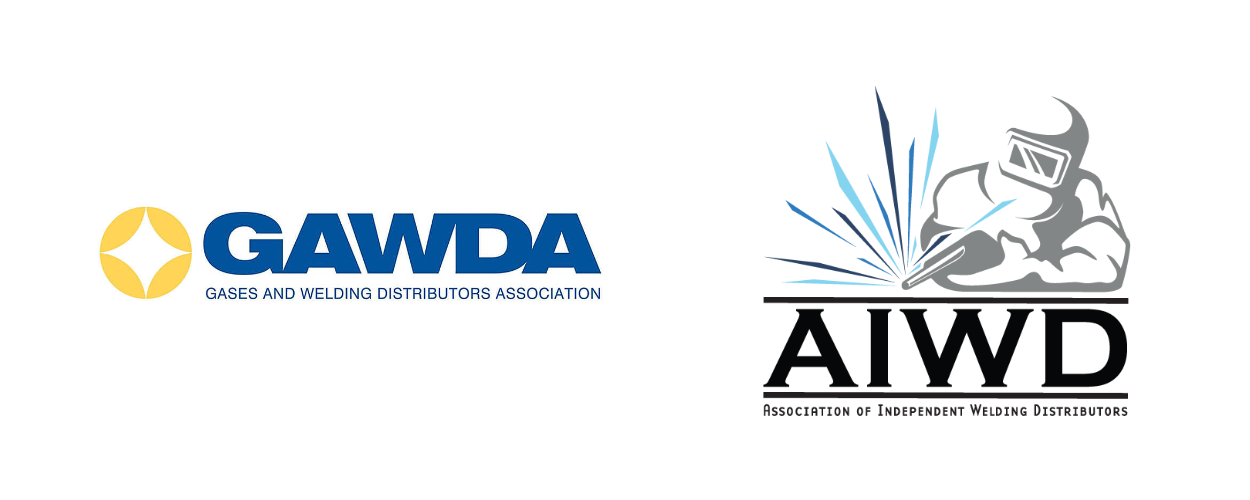Request Service
Medical-Grade
Carbon Dioxide
Medical-grade carbon dioxide USP is utilized in critical care areas of the hospital. The medical uses of carbon dioxide include:
- Inflation gas for minimally invasive surgery (laparoscopy, endoscopy, arthroscopy) to enlarge and stabilize body cavities for better visibility of the surgical field
- To increase the depth of respiration and help overcome breathe holding and bronchial spasms during various procedures
- To stimulate respiration for various reasons (i.e. chronic respiratory obstruction removal, hyperventilation, etc.)
- To increase cerebral blood flow during some surgeries
- For clinical and physiological investigations
Medical-grade carbon dioxide USP is administered by face mask or locally as needed. The use of a pressure-compensated flow meter is used to control the rate of flow desired.
Medical-Grade
Nitrogen
Applications include the removal of:
- Warts
- Moles
- Verrucas
- Skin tags
- Some skin cancers
In addition, medical liquid nitrogen can be used for the storage of biological material such as cells, tissues, blood, and gametes at cryogenic temperatures, for subsequent medical procedures, and analysis.
Liquid nitrogen is a refrigerated liquefied gas with a boiling point of -196° C.
In its liquid form, nitrogen is used as a cryogen for many applications, where very low temperatures or rapid temperature reduction is required.
Nitrogen can also be used as a component in many gas medical mixtures such as lung function test gases.
Nitrogen, compliant with the European pharmacopeia monograph for low oxygen-nitrogen, is used as an inert gas for the storage of medicinal products that are susceptible to oxidation in the presence of air.
Nitrogen is also used as a purging and an inerting gas by the pharmaceutical industry in the manufacture of medicinal products.
The cold temperature of liquid nitrogen can be used to safely store medical or research samples such as blood, stem cells, and plasma.
Medical-Grade
Nitrous Oxide
Nitrous oxide, or laughing gas as it is commonly known, was first synthesized by Joseph Priestley in 1772. It was initially used as a dental analgesic 40 years after this and has been used extensively in a wide range of surgical procedures for both anesthesia and analgesia.
The exact mechanism of the action of nitrous oxide is unknown, but its effects take place within the pain centers of the brain and spinal cord. It is thought to affect the Gamma-Aminobutyric Acid (GABA) cells, increasing inhibition of nerve cells and causing drowsiness and sleep. It also is related to the release of endogenous neurotransmitters such as opioid peptides and serotonin.
The release of these neurotransmitters is thought to activate descending pain pathways that inhibit pain transmission.
Medical-Grade
Oxygen
Oxygen was known to be the only element that supports respiration as early as 1800 and was first used in the medical field in 1810. However, it took about 150 years for the gas to be used throughout medicine. In the early to mid-20th century, oxygen therapy became rational and scientific, and today modern medicine could not be practiced without the support that oxygen supplies.
Medical oxygen is used to:
- Provide a basis for virtually all modern anesthetic techniques
- Restore tissue oxygen tension by improving oxygen availability in a wide range of conditions such as COPD, cyanosis, shock, severe hemorrhage, carbon monoxide poisoning, major trauma, cardiac/respiratory arrest
- Aid resuscitation
- Provide life support for artificially ventilated patients
- Aid cardiovascular stability
- Contraindications/side effects
There are no absolute contraindications to the use of oxygen, but the inspired concentration should be limited in the case of premature infants and those patients with chronic bronchitis and emphysema. However, guidelines have been published by the British Thoracic Society (BTS) on the safe therapeutic use of medical oxygen, which encourages proper assessment of the patient before use.
Compressed medical oxygen toxicity may manifest itself in the following ways: retro lenticular fibroplasia in premature infants exposed to oxygen concentrations greater than 40% convulsions appear after a few hours' exposure to medical oxygen at pressures above 3bar(g) retrosternal soreness associated with coughing and breathing difficulties, made worse by smoking and exposure to cold air after breathing pure medical oxygen at atmospheric pressure for several hours.
Max and Connie are great people to work with. Very Friendly. If you need welding supplies in or around Emporia, stop by and see them.
Tom M.
As a pipeline welder, we go threw tons of consumables. I have used two big-name retailers and have left both for very poor customer service, as well as constant failures in ordering materials. I tried Max's & have yet to be disappointed. Regardless of my order they always get it right, they will work with you to find the best material for the best price. Most important is they remember your name. I will use Max's Breathe Easy for the long haul.
Steven S.
Great place and very helpful. They will go out of their way to help you.
